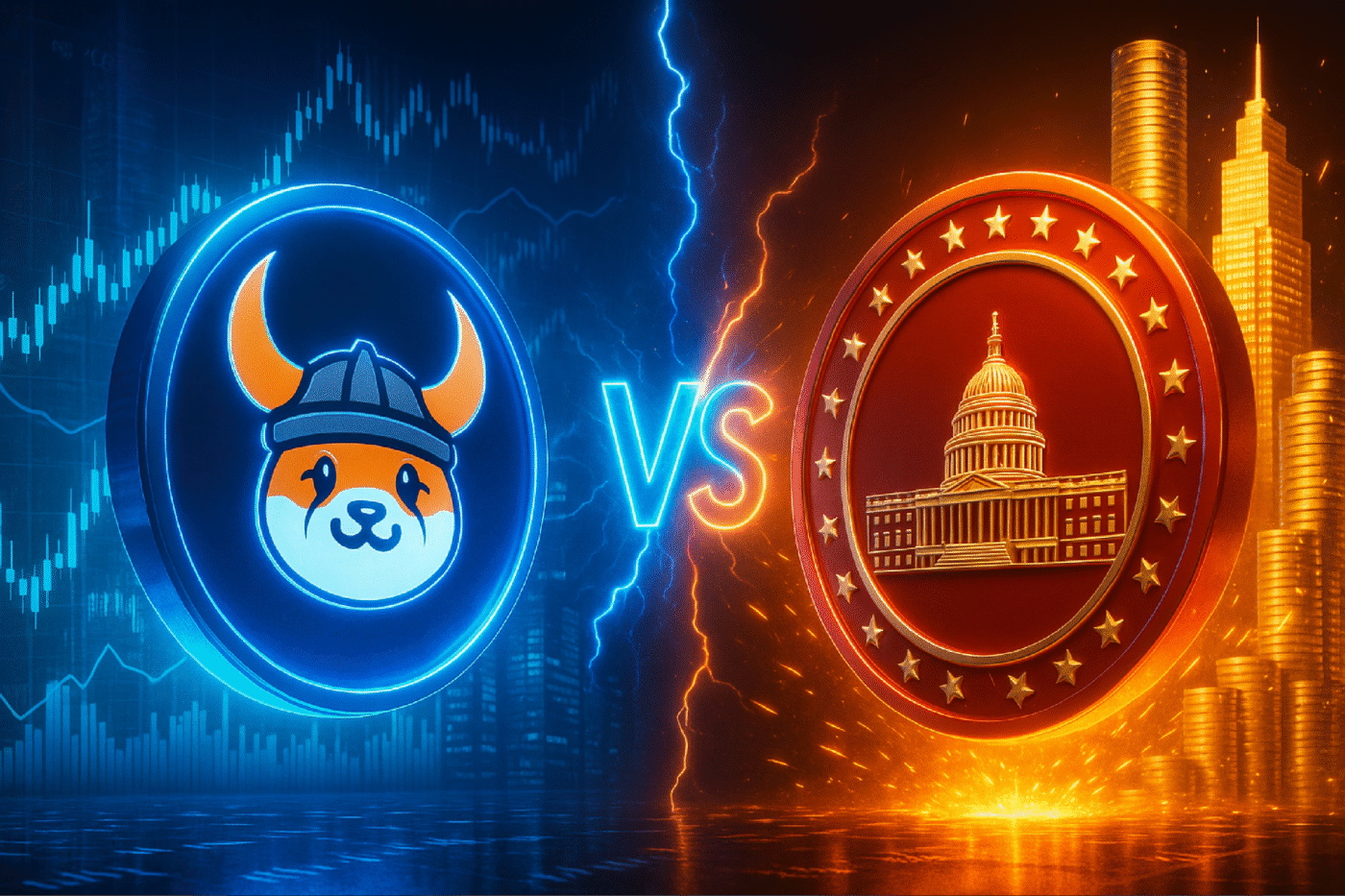Losing a loved one brings pain no matter the circumstances. Not knowing what happened to them only adds more agony. That grief and confusion is what propels The Leftovers, but on a global scale—leading to three fascinating, thought-provoking, audacious, cigarette-filled, and often miraculous seasons of TV.
At the start of the first episode, it happens: two percent of the world’s population vanishes into thin air. The amount of missing isn’t huge, but it’s significant. The people who lost someone dear are personally wounded, but nobody escapes being touched in some way by the event, which leaves humanity with an infuriating array of mystical questions. Why did those who left get “chosen”—and why were those who didn’t go get left behind? Was God or some other cosmic being involved? Where did they go? Will they ever come back? And will it happen again?
As the anniversary of the show’s “Sudden Departure” approaches—October 14, unless you’re in Australia, in which case it’s October 15—and the levels of existential dread in our own world continue to rise, it felt like just the right moment for a rewatch.
Created by Damon Lindelof (course-correcting with a successfully enigmatic story after Lost’s unsatisfying end) and Tom Perrotta (who wrote the source-material novel), The Leftovers ran from 2014-2017 on HBO. Justin Theroux, Carrie Coon, Christopher Eccleston, Amy Brenneman, Liv Tyler, Regina King, Jovan Adepo, Margaret Qualley, Scott Glenn, Kevin Carroll, and the almighty Ann Dowd anchored its core cast, with many other memorable players popping up in its ensemble along the way.
Welcome to Mapleton
 © HBO
© HBOSeason one is set in Mapleton, New York—a small town with pockets of dysfunction like any other place—three years after the Sudden Departure.
Throughout its run, The Leftovers’ storytelling made great use of flashbacks, flash-forwards, and events replayed from different points of view. This patchwork approach extended across seasons—even in season three, for instance, we’d get glimpses of life before the Sudden Departure—bringing valuable insights into character motivations and perspectives, particularly useful on a show where reality sometimes meant different things to different people.
It also set up points that paid off sometimes years later in the show’s timeline and did wonders to avoid plot holes, even as The Leftovers kept the answers to its biggest questions carefully ambiguous.
In Mapleton, we meet the Garveys—police officer Kevin Jr. (Theroux) and his teenage daughter Jill (Qualley), and his estranged wife, Laurie (Brenneman). Kevin Sr. (Glenn) has been institutionalized after a breakdown following the Sudden Departure; he claims to hear voices, and the viewer soon suspects that Kevin Jr., who has blackouts and strange visions, may have inherited a similar mental illness… or perhaps an ability of a more metaphysical nature.
Tom (Chris Zylka), Laurie’s son from an earlier relationship, has moved west and is working for a self-styled holy man, a highly marketable calling in the world’s new climate of uncertainty.
Laurie, meanwhile, has joined the Guilty Remnant, a cult-like group that dresses in all-white clothing, discourages talking, encourages smoking, and stands around in menacing groups to remind people that life is meaningless.
The Guilty Remnant is led by Patti (Dowd); one of its new recruits is Meg (Tyler). Both women become important figures in The Leftovers’ expanding drama.
We also meet Matt (Eccleston), a Mapleton pastor struggling with a nosedive in church attendance since the Sudden Departure—not to mention his own newly conflicted feelings about religion. He’s certain what happened wasn’t the Rapture, but he hasn’t ruled out the almighty in having some hand in it.
His sister, Nora (Coon), is still reeling after her entire family—husband, son, and daughter—all vanished, a statistical rarity that’s made her something of a local celebrity. She sparks with Kevin in season one and their passionate but tumultuous romance comes to form The Leftovers’ emotional backbone.
The Sudden Departure
 Ann Dowd as Patti Levin. © HBO
Ann Dowd as Patti Levin. © HBOSeason one takes us through the Sudden Departure’s aftermath at a time when life has returned to “normal” for all intents and purposes. Bureaucracy has moved on: the ATF has added “Cults” to its jurisdiction, and Nora works for the newly formed Department of Sudden Departures, helping decide who qualifies for survivor benefits.
Commerce has moved on, too, as companies manufacture eerily realistic replicas of departed people so their families can bury them—some small comfort for anyone desperate enough to buy into the lie.
But three years isn’t long enough to forget what happened. The opposing feelings about whether people should just move on with their lives or remain paralyzed in remembrance—as the Guilty Remnant would prefer—is the biggest tension point in season one.
The Sudden Departure itself aside, season one of The Leftovers is mostly rooted in realism, though it strays into magical realism on occasion. It makes its inciting incident vivid and awful; there’s nothing blessed, for instance, about realizing the last interaction you’ll ever have with your family is an angry scolding at the breakfast table—something that haunts Nora every day.
The season ends with Nora realizing she has to “move toward something, anything.” There’s a hopeful promise for the future as Kevin, Nora, and Jill discover an abandoned baby—we know its origins, since we’ve been following Tom’s storyline—on Kevin’s front porch.
By season one’s end, viewers had long since realized The Leftovers wasn’t gearing up for some tidy reveal about the Sudden Departure. It’s all left open-ended—with plenty of room to explore new wells of emotional trauma as the story continues.
Season one feels a bit downbeat overall, given its fascination with grief and regret in a world where reality itself has suddenly become uncertain. But with that world established, season two of The Leftovers has room to inject more surrealism into its characters’ lives—especially Kevin’s—and even some levity, evidenced by the song accompanying season two’s revamped opening credits.
Welcome to Miracle
 Kevin Carroll and Jovan Adepo as John and Michael Murphy. © HBO
Kevin Carroll and Jovan Adepo as John and Michael Murphy. © HBORather than the instrumental of season one, season two uses Iris DeMent’s upbeat, folky “Let the Mystery Be,” which addresses humanity’s deepest conundrums—where did we come from, and where do we go when we die? Its message also fits perfectly into The Leftovers’ specific puzzle, seemingly encouraging characters and viewers alike not to hope for an answer: “But no one knows for certain and so it’s all the same to me, I think I’ll just let the mystery be.”
“Let the Mystery Be” is the most lingering song The Leftovers uses—it’s repeated each week during season two and pops back up for the series finale in season three, and is an earworm on top of that. But the show’s needle drops throughout its run were cultivated with just as much attention to detail as its writing, furthering themes and emotions as much as the poignant piano score that threaded through each storyline.
The Pixies’ “Where Is My Mind?” was one choice that was maybe too on the nose, but it propels Kevin’s season two arc as Kevin, Jill, Nora, and the newly adopted infant, now named Lily, move from Mapleton to Jarden, Texas, looking for a fresh start. It’s been four years since the Sudden Departure. Matt is already there with his wife, Mary (Janel Moloney), still in a coma-like state after a car accident caused by another driver who vanished from behind the wheel that fateful October 14.
Why trade one small town for another? Jarden, now more commonly called “Miracle,” is a special place: none of its 9,000-ish residents departed. Despite its mysterious earthquakes—an occurrence since prehistoric times, as we see in a prologue that kicks off the season—it’s considered one of the safest places to live.
That makes it especially appealing to Nora—as well as tourists, pilgrims, hucksters, and would-be new residents forced to camp outside its guarded entrance—but in keeping with The Leftovers’ refusal to offer closure, it’s soon clear that moving house is much easier than actually moving on.
In Jarden, Kevin and company are neighbors with the Murphys (Regina King and Kevin Carroll as parents Erika and John; Jovan Adepo and Jasmine Savoy Brown as twins Michael and Evie), and their lives become intertwined. At one point, Patti asks Kevin if they’re part of his story—or if he’s part of theirs.
The Afterlife Hotel
 Justin Theroux as Kevin Garvey Jr. © HBO
Justin Theroux as Kevin Garvey Jr. © HBOPatti’s presence in season two is extremely prickly, since she died by suicide in front of Kevin during season one. She appears to Kevin as a vision only he can see, and her constant presence pushes him to the brink of madness. But the show, never revealing its cards fully, makes the case that Patti is neither ghost nor hallucination, but a presence attached to Kevin so fierce he must die to rid himself of it.
Which he does, in “International Assassin,” one of The Leftovers’ most wonderfully audacious episodes. It imagines the afterlife as a sort of alt-reality centered around a hotel. Kevin, who’s suddenly an international assassin, must kill his way out of it to shed his Patti parasite and return to life.
Kevin’s ability to die and revive (always visiting this purgatory realm in between) becomes a recurring theme on The Leftovers, with certain characters coming to believe there’s a holy aspect to it.
The tensions in Jarden come to a head in the season two finale, as a Guilty Remnant faction that’s embraced violence under Meg’s leadership brings chaos and confusion to the town—revealing a possible second Sudden Departure to be a fraud, just as Kevin’s friends and family realize he’s proof that there really are miracles in Miracle. Season two ends with reconciliation and forgiveness, but it also underlines that The Leftovers characters, as well as its audience, will never get concrete answers. “I don’t understand” and “Is this real?” are frequently repeated lines with good reason.
In all honesty, The Leftovers could have ended after season two. It would have been just fine to leave the story there, in Jarden, with everyone reuniting and Kevin realizing “Homeward Bound,” the song he’s assigned while singing afterlife karaoke—yes, it’s a thing—encapsulates where his mind’s been all along.
The Seven-Year Itch
 Scott Glenn as Kevin Garvey Sr. © HBO
Scott Glenn as Kevin Garvey Sr. © HBOBut season three, which ran just eight episodes after two 10-episode installments, arrived to further elevate The Leftovers. Picking up seven years after the Sudden Departure, as many in the world believe either a repeat Sudden Departure or perhaps a full-on doomsday is looming, the final season indulged an international quest for meaning while filling in some fresh texture.
We learned what pushed Laurie to join the Guilty Remnant, a cause she wisely ended up leaving behind. We got a rich payoff for The Leftovers’ most bizarrely funny running joke, involving the 1980s sitcom Perfect Strangers. Matt finally came to a sort of detente with his God, in a standout episode set aboard a ferry carrying a lion-worshiping sex cult.
And we got to spend a lot of time with the wacky Kevin Sr., whose wanderings bring him to Australia on his own personal fight to prevent the end of the world. His search ends up dovetailing with Kevin Jr.’s own internal struggles; many of the main characters end up together the Outback. One last visit to the afterlife sees Kevin Jr. confront his real enemy—himself, at long last—in a twin-on-twin end-of-the-world scenario that puts a cap on his ever returning to that realm.
As wild as Kevin’s adventures are, season three is Nora’s story. The season kicks off with another historical prologue, this time illustrating the futility of believing in—and waiting for—the Rapture. Later in the premiere, we flash-forward to a much older version of Nora; she’s living in the Australian countryside and when she’s asked, she says the name “Kevin” doesn’t mean anything to her.
With the tease of that strange scene, season three plots Nora’s trajectory by leaning into the themes her character is interconnected with. As someone who lost her entire family on October 14, Nora’s a curiosity for scientists (and kooks) studying the Sudden Departure. She’s targeted by conspiracy theorists, mystics, and even, as it turns out, legitimate physicists who think they’ve figured out where the departed people went. Sort of.
Though she found love with Kevin, Nora has missed her kids terribly, an ache that became newly raw when she agreed to return Lily to her birth mother. So when she gets a phone call asking if she’d like to see her children again, she barely hesitates, though she does initially pretend her interest is part of her fraud-investigation work with the Department of Sudden Departures.
The Book of Nora
 Carrie Coon as an older version of Nora. © HBO
Carrie Coon as an older version of Nora. © HBOAfter a falling-out with Kevin in Australia, Nora goes full-throttle on her mission, with the help of Laurie and Matt… and a pair of eccentric doctors in possession of a mysterious machine. Purportedly, it emits just the right sort of radiation to send people into the dimension that claimed so many souls on October 14.
“Families of the departed don’t want closure,” Laurie tells Nora. “With departures there is no end.” But Nora wants closure. She wants an end. If there’s a chance at seeing her kids again, she’s going to take it, even it if means stepping into a machine that ends up just incinerating her into oblivion.
But we know she survives into old age, thanks to that flash-forward. After a season of using different songs for each opening-credits tune, The Leftovers dusts off “Let the Mystery Be,” and unfurls a series finale that further encourages that message.
As always, the show gets away with its most unbelievable elements because the emotions feel real and the stakes feel earned. Kevin, a man who’s died and come back to life multiple times and is now searching for the greatest thing he’s lost, finds Nora living off the grid in rural Australia. After an awkward interaction where he pretends not to remember anything that happened after their first meeting in Mapleton, he comes clean: though he’s aware she went through the machine, he just knew all this time that she was still alive.
The show’s near-perfect final scene is just Nora, who’s reluctant to open up at first, sitting at her kitchen table, explaining to Kevin what happened.
After going through the machine, she tells him, she emerged in a world where 98% of the population vanished on October 14, rather than the 2% of the world we’ve been following all this time. Her kids, when she finally tracks them down in this post-apocalypse, seem so fine without her she doesn’t even approach them.
This alternate reality, she realizes, isn’t where she belongs. But by the time she’s able to find her way way back to the other side, using a version of the same machine constructed in that 98% world, she couldn’t bring herself to contact Kevin. She didn’t think he’d believe her.
“I believe you,” Kevin insists. He’s being sincere. And when I first watched that episode when it aired back in 2017, I fully believed her too.
It wasn’t until “The Book of Nora,” as that finale episode is titled, had time to sink in that I realized: maybe she wasn’t telling the truth. Maybe, that split-second when we see her gasp in the machine and the camera cuts away, she’s putting the brakes on the process. Maybe she’s been living secretly in Australia all this time. Maybe that story she told Kevin is what she wished had happened, rather than whatever really did happen.
The point is that it doesn’t ultimately matter. But not in a Guilty Remnant, “life has no meaning” sort of way. The Leftovers, which teased the mystery of the Sudden Departure across three seasons, uses this wonderful reunion to remind the viewer that it was never about giving evidence or proof.
It was about faith, in all its different meanings. It was about forging emotional connections to help you grapple with all those great unknowns, which are part of life even without a scenario where masses of people suddenly disappear into thin air. It was about believing in those you love—and making peace with letting the mystery be.
The Leftovers is available for streaming on HBO Max.
Want more io9 news? Check out when to expect the latest Marvel, Star Wars, and Star Trek releases, what’s next for the DC Universe on film and TV, and everything you need to know about the future of Doctor Who.









 English (US) ·
English (US) ·